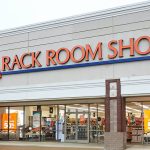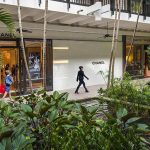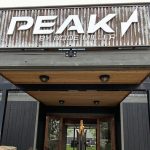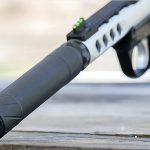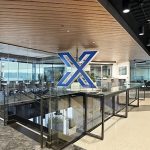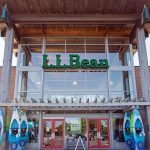The Timberland Company reported a second-quarter net loss of $18.9 million, or 32 cents a share, versus a loss of $19.2 million, or 31 cents, a year ago. Revenues declined 6.3% to $209.9 million as declines in casual footwear, Timberland brand apparel and boots were partially offset by growth in Timberland PRO series footwear and SmartWool socks and apparel.
Apparel and accessories revenue decreased 5.8% to $62.6 million, compared to $66.5 million in the second quarter of 2007, driven by anticipated declines in Timberland® brand apparel partially offset by double-digit growth of SmartWool® socks and apparel. Global footwear revenue was $142.9 million, down 7.5% compared to the prior year, driven by declines in mens casual footwear and boots.
Restructuring and related charges were $0.3 million in the second quarter of 2008, compared to $1.0 million for the second quarter of 2007.
Timberland said is maintaining its full-year revenue and operating margin outlook, as favorable foreign exchange benefits are anticipated to offset continued challenges in retail markets globally. The Company is targeting mid-single digit revenue declines, due in part to its decision to close underperforming retail stores. It also anticipates flat-to-modest improvement in operating margins excluding restructuring costs, and an effective tax rate in the range of 40%. The Company is adjusting its operating expense outlook to in the range of $560 million, driven by the impact of foreign currency exchange rates and changes in the assumptions for the closure of a small number of stores that are part of the Companys retail restructuring program.
For the third quarter, Timberland anticipates relatively flat revenue compared to the third quarter of 2007 and operating income excluding restructuring costs in the range of $45 million to $50 million. The company also anticipates an additional $1 to $2 million in restructuring costs in the third quarter related to its previously announced retail closure plan, which it now expects will result in total plan costs in the range of $14 million to $15 million, $1 million to $2 million below its previous estimate.
Jeffrey B. Swartz, Timberlands president and CEO, stated, “Our second quarter results were consistent with our expectations, as we continue to control costs in the face of a difficult global retail environment. The strength of our balance sheet and our disciplined approach to working capital management give us more flexibility in the face of a challenged global economy to make investments that will help us enhance our product offering and strengthen our brand voice. To that end, we are focused on bringing better product to market quicker and are supporting the improved product offerings through a new marketing campaign aimed at reinvigorating the brand and strengthening its position in the global market. I am confident that the choices we are making today will position us for long-term success.”


